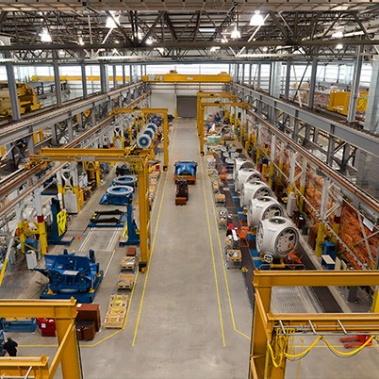By Jeff Black and Kristin Murphy, Mercer
Deals are not dead. In spite of the fallout of the COVID-19 pandemic and daily geopolitical chaos, mergers and acquisitions (M&A) are alive and well. In 2020, there’s been a resurgence of deal activity in the third quarter driven by large and complex deals. In fact, large deals have skyrocketed 256% quarter over quarter with a total of 3,494 deals globally in the third quarter.[1] Private equity volume continues to tick up since the second quarter of 2020, making the second quarter the highest global market share for private equity compared to corporate buyers on record.[2] The volume of private equity deals continued to rise in the third quarter, resulting in private equity’s market share ending at 19.7%, an all-time high.[3]
One constant in the current environment is the need to transform business models. A Mercer survey, conducted in September 2020, found that nearly 40% of respondents are considering a transaction focused on scale, scope, or talent pool. Driving deal value in the current environment puts an even greater emphasis on getting the workforce issues right.
The categories of people risks in deals has remained steady from pre- to post-pandemic: retention of key talent, integration of corporate culture and placement of the right talent in the right roles. Successful deal making rests on treating workforce risks in the same early and proactive manner as regulatory and tax risks. This is underscored in Mercer’s Flight Risk in M&A: The Art and Science of Retaining Talent.
In solving the people aspects of mergers and acquisitions, we consistently share insights that highlight people-related transaction risks and introduce practical strategies to deliver economic value. Our research pinpoints specific actions that both buyers and sellers can take to hedge flight risk, engage key talent, and drive an affordable retention plan as part of a transaction.
The organizational change involved in most deals creates additional uncertainty, and without an added incentive to drive results, it will lead to employees opting out or becoming disengaged. Successful acquirers around the world routinely manage their people assets with the same rigor and discipline with which they manage balance sheet risk; they concentrate on three primary people practices to drive value:
Engage the workforce. The first step is to understand the workforce and define a change management strategy to build momentum post-close. Change management is the glue that binds the objectives of the deal to the business strategy, leading to long-term value creation. This starts with articulating a change vision, engaging the leadership and key stakeholders, and building a robust communications and workforce transition plan with identifiable metrics to monitor adoption.
Put rigor around retaining top talent. Retention programs are viewed as insurance policies to hedge against flight risk in transactions. By applying the right framework, buyers and sellers can effectively retain critical talent and drive operational excellence post-close.
Align rewards with behaviors. Aligning total rewards (compensation, long-term incentives, benefits, etc.) is foundational to driving behaviors within the organization to unlock true value.
Successful acquirers are taking a people-first approach, and expanding retention programs beyond the C-suite.
People-First, Bottom-Up Approach Is Key
Successful acquirers are taking a people-first, bottom-up approach when designing retention programs. They’re not first budgeting for retention and then distributing to employees—the typical top-down process; instead, they’re focusing on talent first and making sure retention is designed with a focus on key employees.
This bottom-up approach also revealed another significant trend: Retention programs are expanding outside of the C-suite. In fact, when asked about retention bonus eligibility outside of senior management and the C-suite, 70 percent listed “other employees critical for integration” and 35 percent listed “other employees regardless of critical for integration.”
In addition, the “where” matters. Mercer’s look at global talent retention practices revealed that a company’s headquarter location and industry can greatly influence talent retention practices. These nuances need to be understood and taken into account to avoid talent flight and to ensure the right level of expenditure. Buyers and sellers need to be aware of certain industries that pay financial incentives that vary greatly from the norm. For example, globally in the technology sector, buyers fund individual retention bonuses for all levels on average at 49 percent above the market median.
In the current market, earnouts are becoming prevalent. Traditionally used to motivate and retain founders, earnouts are becoming increasingly common as a mechanism to navigate the current M&A landscape where buyers expect lower valuations and sellers have yet to recalibrate financial expectations. Earnouts are an incentive arrangement where the seller must meet certain financial goals and critical milestones to receive a part of the purchase price in the future. This allows the buyer to transfer a part of the transaction risk to the seller.
Successful buyers have elevated their retention strategies from an art to a repeatable science. The results are tangible and clear—increased productivity, engagement, owner-like behaviors on the part of retained employees, and accountability. As M&A activity continues its global race toward value, successful organizations cannot risk ignoring the right strategies for talent retention. It’s clear: people execute on what they are rewarded to deliver.
[1] Mergermarket: Global & Regional M&A Report 1Q-3Q20
[2] Mergermarket
[3] Mergermarket





